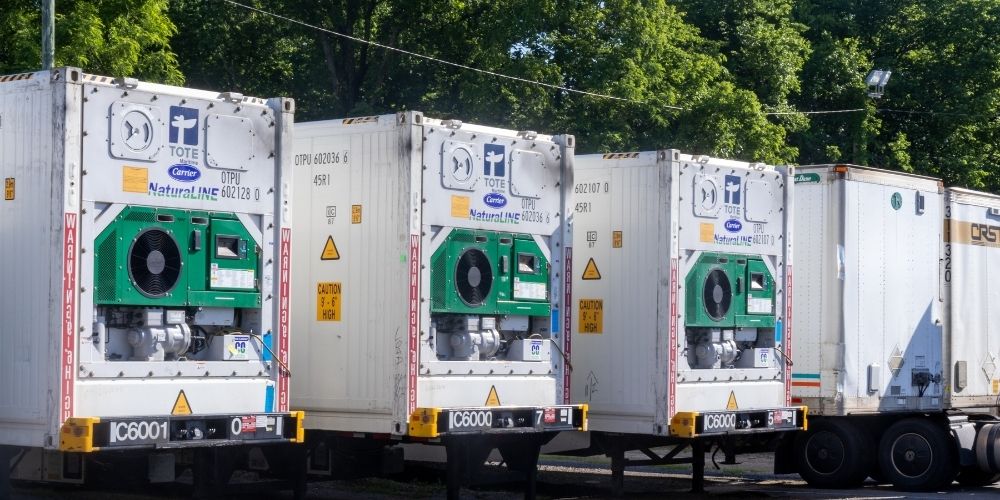Driving a reefer truck can be a lucrative opportunity for an owner-operator – but it requires a serious understanding of the equipment and responsibility involved.
In this article, we’ll outline the challenges of temperature-controlled freight – and ways to successfully navigate those challenges with 7 reefer trucking tips.
Mindset and habits for reefer trucking success
Your mindset can determine your success as a reefer trucker. Health Sciences Manager – Quality, Dylan, emphasizes three elements drivers should keep in mind when transporting temp-controlled freight:
- Integrity: Reefer trucking isn’t just a job; it’s a responsibility. When you transport items like blood plasma or pharmaceuticals for cancer treatments, your work is life-saving. By handling these loads with care and reporting any temperature-related concerns, you maintain their integrity and help countless people nationwide.
- Communication: If trailer temperatures start to rise, communicate with dispatch immediately. Acting quickly can save millions of dollars of cargo, while ensuring vital goods like medicines reach communities in need. Drivers should also report suspicious activity on the road to protect their loads from theft.
- Safety: Dylan reminds drivers, “We are a safety company. We do that by communicating openly, honestly and often.” Prioritizing safety ensures secure and transparent delivery, safeguarding both cargo and communities.
“We are a safety company. We do that by communicating openly, honestly and often.”
What new drivers underestimate about reefer freight
In addition to the right mindset for the job, owner-operators might not realize the physical and mental demands that come with hauling refrigerated loads. For instance:
- Labor-intensive requirements: Duties like stacking and securing 70+ boxes of blood plasma, and conducting thorough pre-, mid- and post-trip inspections, can require a sustained effort.
- Cost of cargo: The value of reefer freight can be staggering. Imagine hauling pallets of blood plasma, each worth as much as a Lamborghini. The pressure to get it right is immense.
- Training and diligence: Precision is crucial in reefer trucking. New drivers must understand that the training and attention to detail required can be rigorous, but can be essential for success.
Managing and monitoring temperatures on the road
Managing temperatures during transit is non-negotiable in reefer trucking. Here’s how seasoned drivers handle it:
- Driver-side temperature displays: Many reefer trailers are equipped with displays visible from the driver’s seat. Just like scanning mirrors or gauges, monitoring the trailer’s temperature must become a reflex.
- 24/7 Support and monitoring: Administrative staff keep a constant watch on trailer temperatures. If an issue arises, they can notify drivers immediately, adding a valuable safety net.
Takeaways every reefer driver should remember
Reefer trucking can be rewarding – financially and personally. But it’s one of the most challenging branches of the trucking industry, requiring vigilance, routine communication and a deep sense of responsibility toward your cargo, clients and the communities you serve. For owner-operators, the investment in time, training and effort can pay off – not just in your wallet, but in the knowledge that your work directly impacts lives.
Are you ready to take your reefer trucking career to the next level? Learn how you can become an owner-operator delivering life-saving cargo with CRST.





